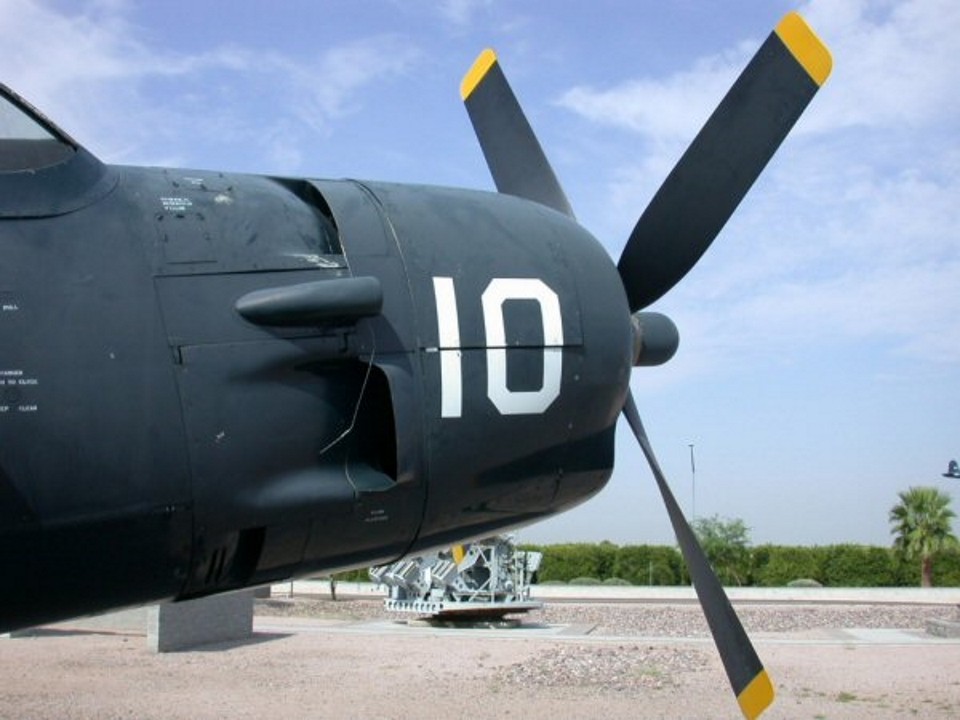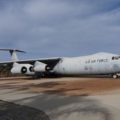Fotogalleri av en Lockheed SR-71 Koltrast,
The Lockheed SR-71 “Blackbird” is a long-range, Mach 3+ strategic reconnaissance aircraft that was operated by the United States Air Force. It was developed as a black project from the Lockheed A-12 reconnaissance aircraft in the 1960s by Lockheed and its Skunk Works division. Renowned American aerospace engineer Clarence “Kelly” Johnson was responsible for many of the design’s innovative concepts. During aerial reconnaissance missions, the SR-71 operated at high speeds and altitudes to allow it to outrace threats. If a surface-to-air missile launch was detected, the standard evasive action was simply to accelerate and outfly the missile. The SR-71 was designed to have basic stealth characteristics and served as a precursor to future stealth aircraft.
Källkod: Lockheed SR-71 Koltrast på Wikipedia
...
Läs mer:
The Lockheed SR-71 Blackbird was a long-range, high-altitude, Mach 3+ strategic reconnaissance aircraft that operated from 1964 to 1998. It was developed as a black project by the Lockheed Skunk Works, based on the earlier A-12 aircraft. The SR-71 was designed to have a low radar signature and to fly faster than any surface-to-air missile that could threaten it. The SR-71 set several world records for speed and altitude, such as flying at 85,069 feet (25,929 m) and reaching a speed of 2,193.2 miles per hour (3,529.6 km/h) in 1976. The SR-71 carried advanced sensors and cameras that could capture images of the ground from the edge of space, providing valuable intelligence to the United States and its allies. The SR-71 was also capable of launching decoys, jamming enemy radars, and evading interception by fighter jets. The SR-71 was retired in 1998, after more than three decades of service. It is widely regarded as one of the most impressive and iconic aircraft ever built.












